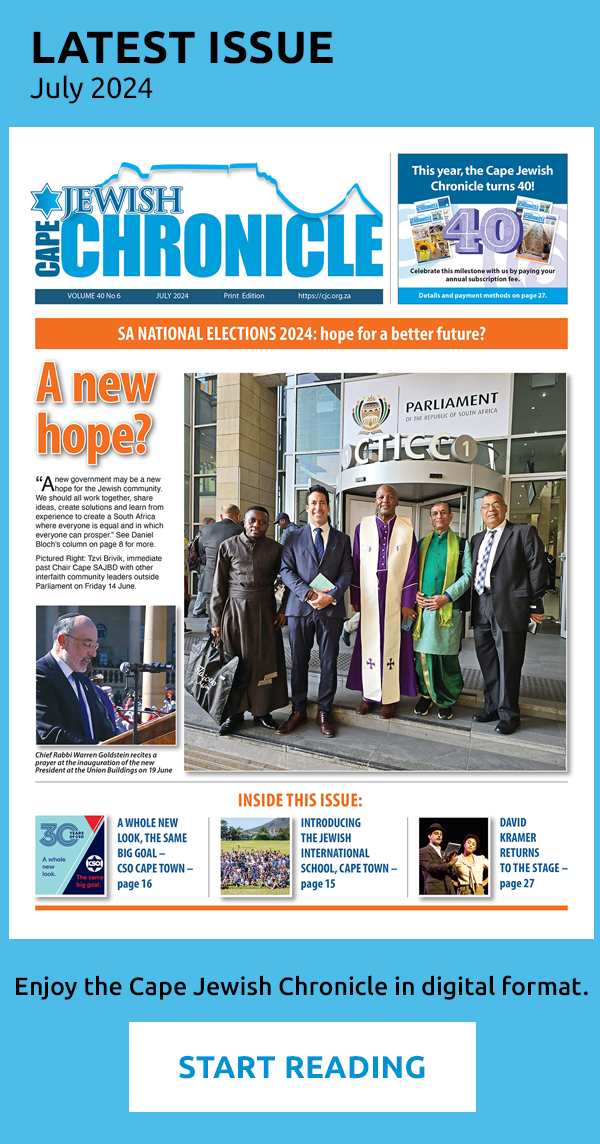Kids in Grade 9 are going through some pretty intense things at the moment.
They have to deal with the weird and crazy things that their bodies and minds are going through because of adolescence. They now have to try to come to terms with this new way of living and learning during the COVID-19 pandemic which brings more social and emotional issues into the mix. But in a few months a 15-year-old will have to decide what three subjects they will take which could determine their future.
It sounds a little dramatic, I know, but it is a massive responsibility. Subject choice is a big issue and the choices you make stay relevant for many years. At the age of 15, you have to think about what you want to be in 10 years. I don’t even know where I’m going to be in 10 years! It’s always seemed to me that by forcing students to pick subjects, we’re putting them into individual silos and not necessarily allowing them to combine their subjects to deal with real-life applications. This is where STEM falls into place. STEM (Science, Technology, Engineering, and Math) is an interdisciplinary learning philosophy that aims to ensure that our children have jobs which don’t even exist at the moment. With the 4th Industrial Revolution (4IR) being the ‘it’ phrase at the moment, many schools and universities are trying to prepare their students for life in an age of unprecedented technological innovation.
Thus, many children are looking to take subjects which are focussed on accessing new and exciting innovative projects. This is good; we need an interdisciplinary approach to education to ensure our students (in school and university) are able to be innovators and are not redundant in the future. But there is a problem with concentrating so much time and effort on STEM, especially in South Africa.
We live in a country with limited access to two of the basic necessities for the 4IR. Amy Solokow, from Northwestern University in the United States, writes about the lack of access to electricity and internet resources for the majority of the country. She states that “the country has not yet caught up with the second (electrification) and third (computing) industrial revolutions.” Thus, how can South Africa join the 4IR and keep up with other developing countries? Coupled with high data prices by our cellular companies which limits people’s connectivity, we are stuck trying to figure out how we are going to push into this new emerging space. How can we ensure that the unemployed youth of today will be more equipped and skilled to be employed in the future?
That’s where I think adding the ‘A’ to STEM is critical. The ‘A’ stands for Arts, something which is often overlooked today. Fewer students are keen to take History, Art, Music or Drama because of our society’s obsession with the word ‘technology’. The arts, however, are critical to enhancing students’ ability to be flexible, adapt to challenges, and innovate. Not only this, but they also allow for critical thinking skills through imagination and creativity.
The arts hold the key to so many scenarios, and without focussing on these in education we are losing out on many other opportunities to prepare our students for the challenges of the 21st century. The life skills that the arts imbue, like care, connection, culture, and community, will arguable be even more important going forward than some of the skills that are emphasised in the STEM subjects.
But all of this boils down to teachers and how they are able to blend these teaching techniques effectively, if at all. And the skills it can bring to our students are incredible. The key findings of the World Economic Forum’s ‘Schools of the Future’ report, made in January 2020 give eight areas of in-learning content identified as critical for the 4IR. These skills are: global citizenship; innovation and creativity; technology; interpersonal; personalised and self-paced learning; accessible and inclusive learning; problem-based and collaborative learning; and lifelong and student-driven learning.
These skills show that it is not only STEM which will guide students to find careers after they have matriculated or graduated. A truly integrated approach is needed to create an environment for students to become global citizens who can be employed in any scenario. Our students will become adaptable and learn to function in any environment, not just one which is technology driven.
Perhaps subject choice should be a thing of the past. We should not expect our children to consider their career choices when they are 15 years-old. Instead, we should have an integrated approach to learning, where we allow our children to engage in an inclusive and accessible programme for all different types of learners. Children should not need to put themselves into silos. We should allow them the opportunity to amalgamate their knowledge and adapt it for the 21st century. I would argue that this is the real way to get them ready to face the challenges of the unknown tomorrow.
Download the August 2020 issue PDF – click here for automatic download.
Make sure to cast your vote in this year’s Board of Deputies election – view the nominees here.
Portal to the Jewish Community: to see a list of all the Jewish organisations in Cape Town with links to their websites, click here.
To receive the Chronicle each month in your inbox instead of your postbox please email editor@ctjc.co.za and we will make it happen.
Follow the Chronicle: Facebook | Instagram | Twitter | LinkedIn










